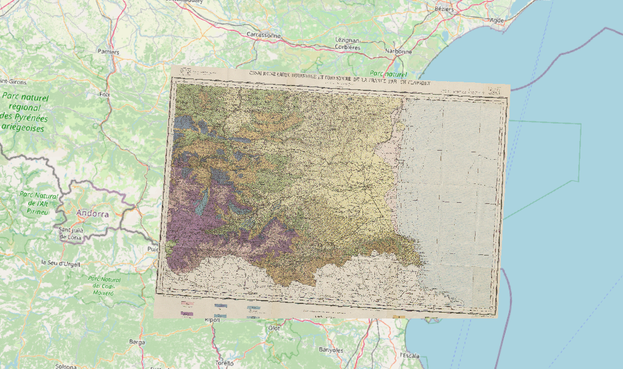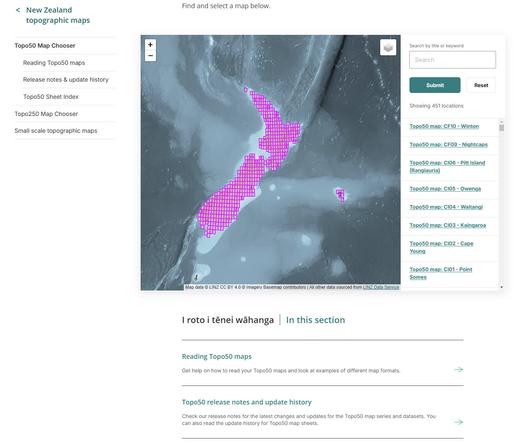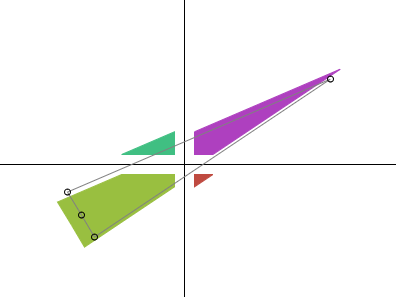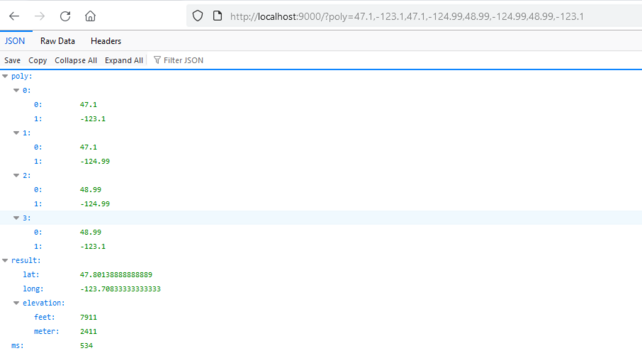Published my first crate today to https://crates.io/crates/nvtiff-sys! Rust bindings to the nvTIFF (Nvidia TIFF encoder/decoder) library.
Interface is not very friendly (need to use lots of unsafe), so definitely don't use it in production yet. But hoping it'll help to GPU-accelerate TIFF image processing (especially for geospatial or medical imaging workloads) once I wrap my head around how to handle raw pointers and lifetimes.







